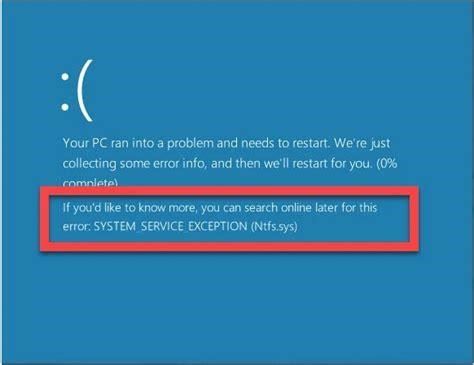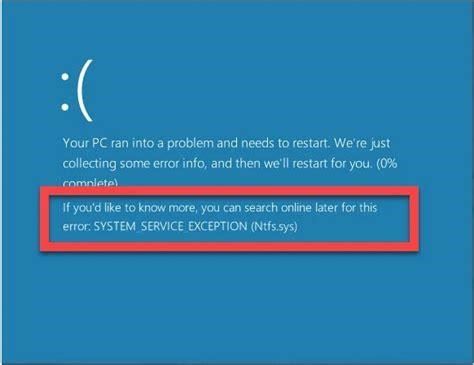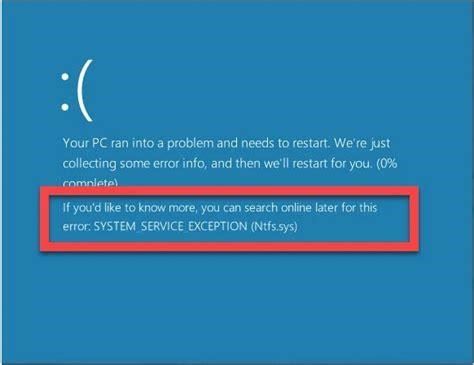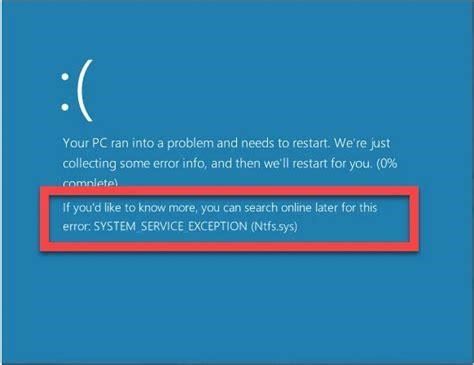Troubleshooting Unexpected MySQL Shutdown
As MySQL administrators, we occasionally face the frustrating scenario of MySQL shutting down unexpectedly. This abrupt shutdown hampers database operations and incurs application downtime.
Pinpointing the root cause requires methodical troubleshooting to remedy the issue. We will leverage insights from experienced users across forums to outline a robust troubleshooting approach.
Examine the Error Log
The first response after an unforeseen MySQL shutdown should be checking the error log. The log usually contains informative error messages pointing to the failure reason.
For instance, the sample error log depicts startup issues with the InnoDB storage engine and temporary tablespace creation. This hints at file permission errors or corrupted MySQL data directories.
Thoroughly analyzing the error log is critical before proceeding with troubleshooting. The information narrows down culprits and guides our investigation.
Verify File Permissions and Port in Use
A common reason for unexpected MySQL termination is incorrect file permissions. MySQL cannot access its data directories or other required files due to restrictive permissions. Running MySQL using the appropriate user account rectifies this.
Likewise, if the MySQL port is already in use by another program, the database server will fail to start. We must identify the blocking application and free the port for MySQL to bind successfully.
Some OS-level tweaks like modifying firewall rules or AppArmor profiles may be necessary to open the port.
Check for Missing Dependencies
MySQL relies on certain system libraries and dependencies like OpenSSL, Boost, etc. If any components are outdated or missing, server startup is disrupted.
Running dependency checks and installing missing packages brings MySQL back online. Regular OS updates also mitigate dependency issues down the line.
Repair Corrupted Databases
If MySQL data directories contain corrupted tables or metadata inconsistencies, abnormal shutdowns are likely.
We can run themysqlcheckutility with the--repairoption to fix corrupt databases. The InnoDB recovery process also rectifies some logical corruption issues on startup.
Restoring from a clean, recent backup is advisable once corruption is detected. Preventative measures like enabling the binary log and periodicmydumperbackups minimize future corruption scenarios.
Restore from Backup
When troubleshooting hits a dead end, reverting to a backup is the failsafe option. Automated backup tools likemysqldumpenable periodically persisting MySQL data directories.
If restoring from a backup succeeds, the issue likely stemmed from filesystem errors or data corruption. Reinitializing from backup provides a clean MySQL state subverting these problems.
Uninstall and Reinstall as Last Resort
After exhausting other troubleshooting techniques, a complete uninstall and reinstall of MySQL may be necessary. This eradicates any lingering issues by fully resetting MySQL configurations, parameters, accounts, and data.
Prior to reinstallation, we must delete all database files and directories. This forces MySQL to create fresh data structures avoiding remnants of past issues.
This scorched earth approach acts as the final recourse when untangling complex, undiagnosed issues. But extensive troubleshooting should precede this step to avoid losing data.
Engage Community Support
Despite our best efforts, some MySQL shutdown causes elude identification. Community forums like Stack Overflow provide an avenue for guidance from experienced DBAs, developers, and power users.
The collective wisdom of subject matter experts drastically accelerates troubleshooting. Detailed error log analysis and infrastructure specifics help them pinpoint often overlooked issues.
Proactive Measures
While troubleshooting resolving unexpected shutdowns is critical, prevention is ideal. Several best practices make unplanned restarts less likely:
- Enabling MySQL crash recovery with InnoDB
- Running database maintenance with
mysqlcheck - Tracking schema changes via source control
- Automating backups with logical tools like
mydumper - Monitoring OS and MySQL logs for early failure indications
- Restricting DB modifications to tested application code
Proactively monitoring and managing MySQL virtually eliminates surprise outages. But unforeseen issues still occasionally arise, requiring promptly troubleshooting based on the steps outlined.
With structured debugging, reliance on community resources, and preventative diligence, we can conquer unwelcome MySQL shutdowns. Our database remains constantly available delivering uninterrupted service to applications and users.




